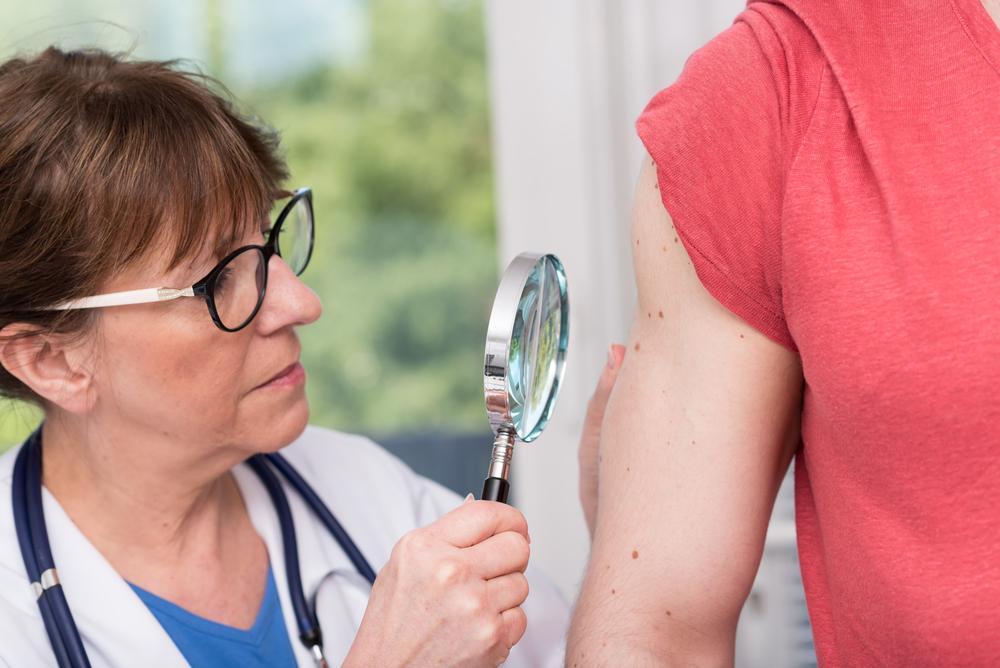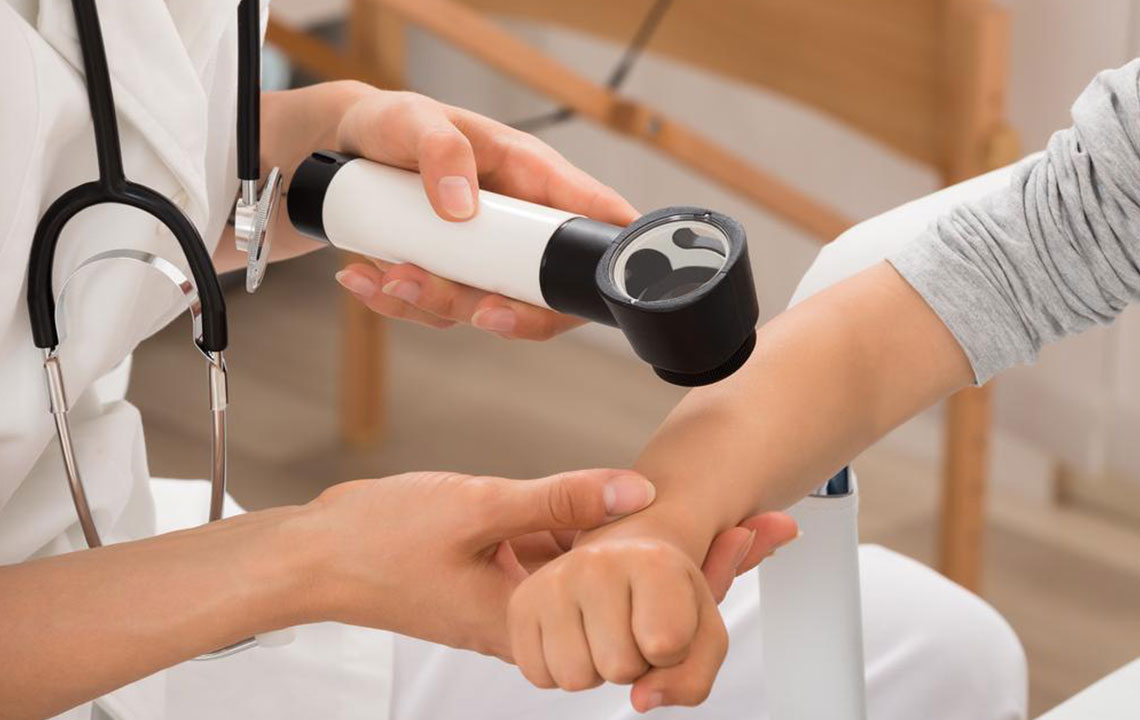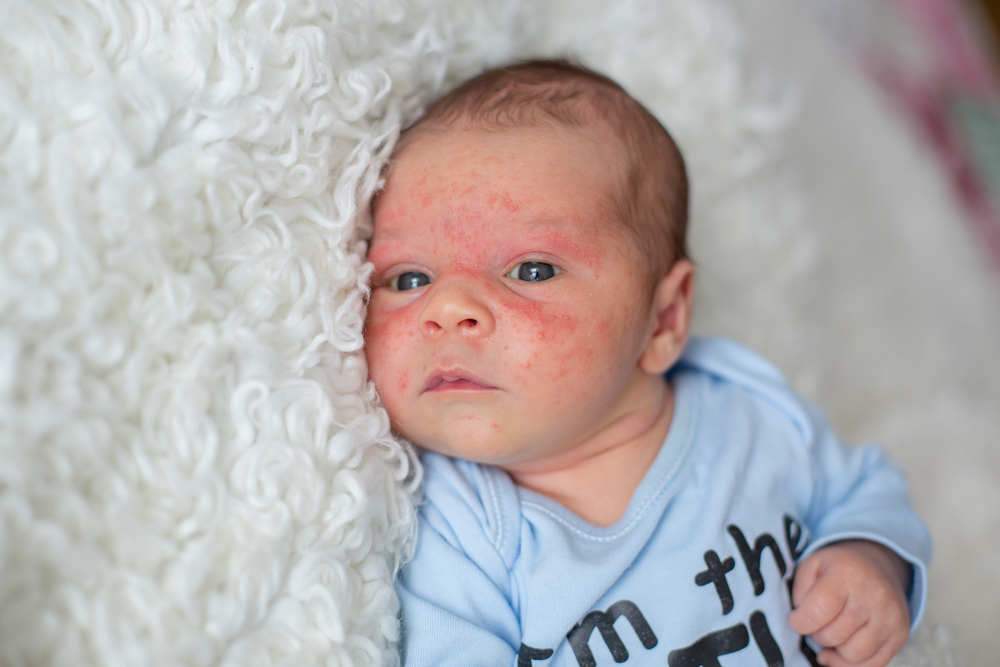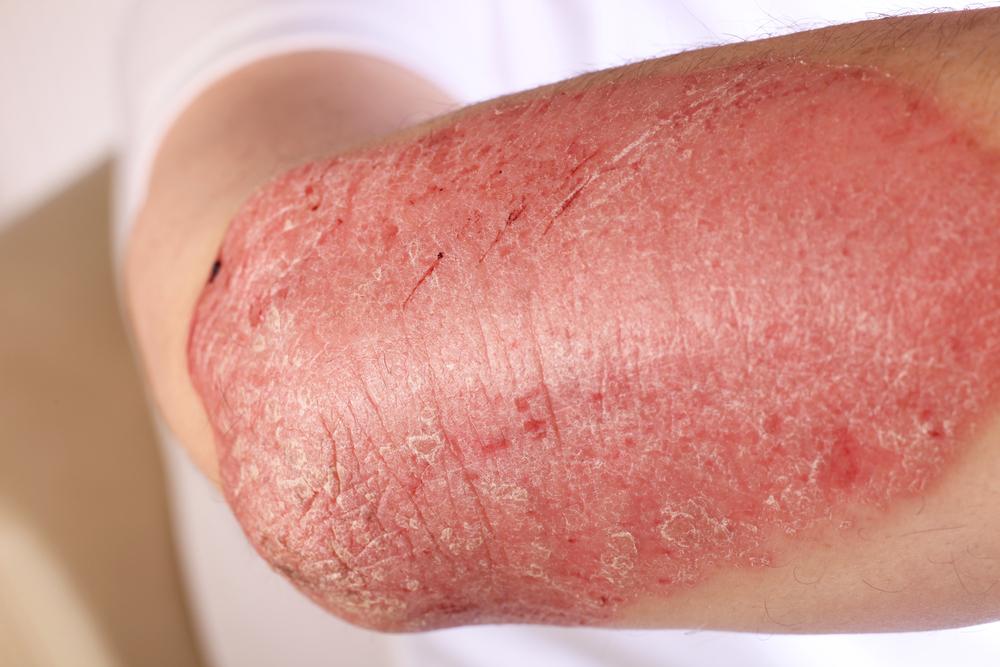Comprehensive Guide to Eczema: Types, Symptoms, and Effective Management Strategies
Eczema, or dermatitis, is a prevalent skin condition affecting millions worldwide. This detailed guide explores various types of eczema, their distinctive signs, and effective management strategies. Understanding these differences helps in early diagnosis and targeted treatment, reducing discomfort and improving quality of life. From atopic dermatitis to contact and dyshidrotic eczema, learn how to identify symptoms and prevent flare-ups through proper skin care, lifestyle adjustments, and medical interventions. A comprehensive resource for patients, caregivers, and health professionals aiming for optimal skin health.
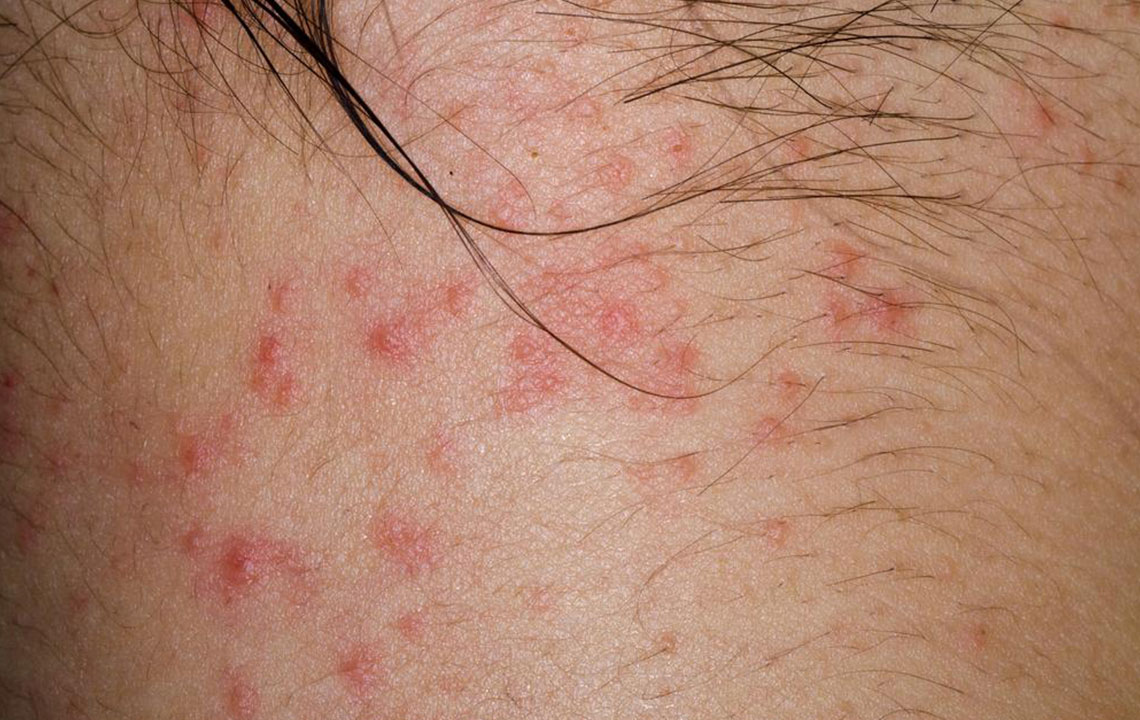
Comprehensive Guide to Eczema: Types, Symptoms, and Effective Management Strategies
Eczema, medically termed dermatitis, is one of the most common chronic skin conditions affecting millions worldwide. It manifests through a spectrum of symptoms including persistent itchiness, redness, inflammation, dryness, and skin flakiness. The condition is non-contagious but can significantly impair the quality of life due to discomfort and cosmetic concerns. With over 30 million cases reported across various demographics, understanding eczema’s nature, its different types, clinical signs, and management options is crucial for effective treatment and improved skin health.
As a complex and multifaceted skin disorder, eczema develops when the immune system reacts abnormally to environmental triggers, allergens, or irritants, leading to skin barrier dysfunction. Genetic predispositions also play a vital role, making some individuals more susceptible to developing eczema. The interplay between genetic and environmental factors results in a range of eczema types, each with distinctive features, affected areas, and specific triggers. Recognizing these differences is vital for targeted treatment, management, and prevention strategies.
Among the various types of eczema, atopic dermatitis is the most prevalent, often starting in childhood and characterized by intense itching, scratching, and skin irritation primarily around the face, behind the knees, and on the hands. Contact dermatitis results from direct skin exposure to irritants such as soaps, chemicals, or metals, leading to redness, swelling, and itching at the contact site. Dyshidrotic eczema presents as small, itchy blisters on the palms of hands and soles of feet, frequently exacerbated by stress or allergies. Hand eczema is often caused by occupational or environmental irritants, leading to dryness, cracks, and painful fissures. Other forms include neurodermatitis, which is associated with persistent itching and skin thickening, nummular eczema characterized by coin-shaped patches, and seborrheic dermatitis, which primarily affects oily areas like the scalp and face due to yeast overgrowth. Each type has unique symptoms, causes, and treatment needs, emphasizing the importance of diagnosis by healthcare professionals.
Understanding the diverse spectrum of eczema helps patients and caregivers to recognize early signs, differentiate between types, and adopt appropriate management techniques. This includes lifestyle modifications, skincare routines, medication, and avoiding specific triggers. Advances in dermatology and immune therapy continue to improve outcomes, enabling affected individuals to lead healthier lives with minimized discomfort. Proper diagnosis and personalized treatment plans are essential for controlling symptoms and preventing flares, thereby promoting skin health and overall well-being.

